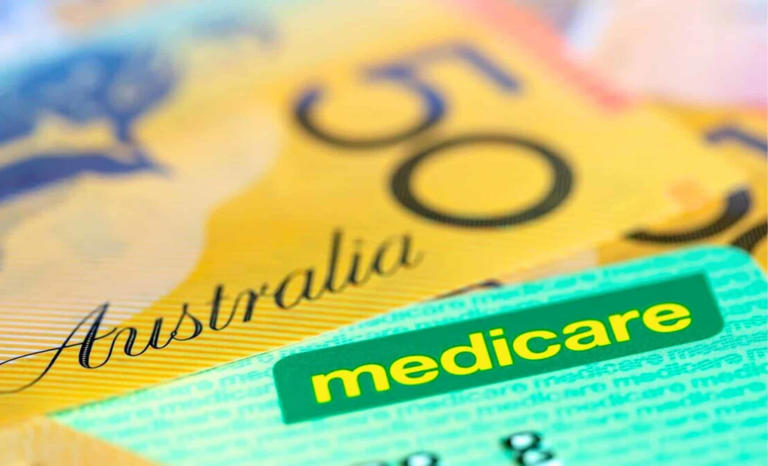Are you a retiree missing out on thousands of dollars in savings? You’re not alone. Over one million Australians are eligible for the Commonwealth Seniors Health Card (CSHC) but don’t know it.
This card is a game-changer, offering cheaper healthcare, reduced bills, and more. In this article, we’ll break down what you need to know to unlock these savings.
What is the Commonwealth Seniors Health Card?
The CSHC is available to retirees who have reached the pension age of 67 but don’t receive Centrelink payments like the age pension. The best part?
There’s no asset test, just an income test. According to Retirement Essentials, the savings from the card can be as much as $3,000 a year for a single person – that’s $60,000 in potential savings over 20 years.

Who is Eligible for the CSHC?
To be eligible, singles can earn up to $99,025, while couples can earn up to $158,440 combined. The income test is reviewed each year in line with the Consumer Price Index.
But here’s the thing: many retirees are missing out because they don’t realize they’re eligible. Legislation has changed, increasing the income thresholds, and it’s time to check if you qualify.
How to Calculate Your Eligibility
When working out your income, Services Australia looks at both your adjusted taxable income and a deemed amount from account-based income streams.
This means the government uses a deemed income, which is usually less than your actual income.
For example, someone with $1.9 million in an account-based pension would be deemed to earn around $41,500 – well below the $99,025 threshold.
What are the Benefits of the CSHC?
So, what can you expect from the CSHC? Here are just a few benefits:
- Access to medicines under the Pharmaceutical Benefits Scheme for just $7.70 a script (capped at $277.20 per year)
- Bulk billing doctor visits (depending on your doctor)
- State-based discounts on:
- Electricity and gas bills
- Property and water rates
- Healthcare costs (including ambulance, dental, and eye care)
- Public transport
How Much Can You Save?
The savings vary depending on where you live, but here are some estimates:
- Western Australian residents: up to $32,440 in benefits
- South Australian residents: up to $11,540
- New South Wales residents: up to $5,000
- Victorians, Queenslanders, and Tasmanians: no extra state-based benefits

